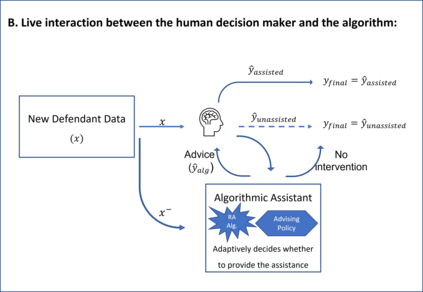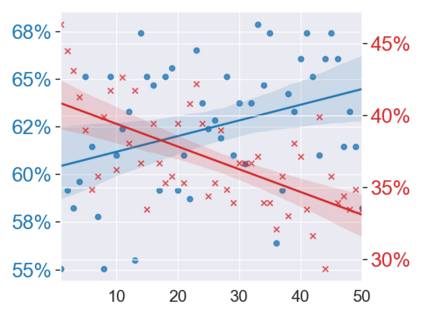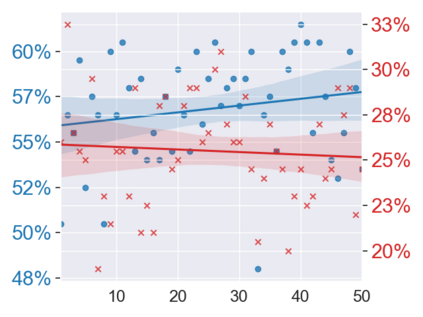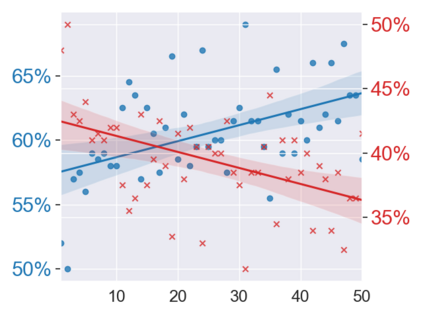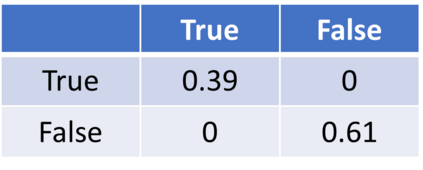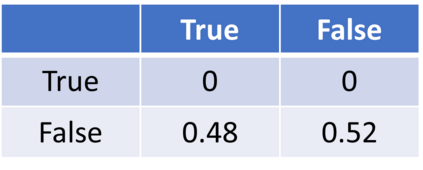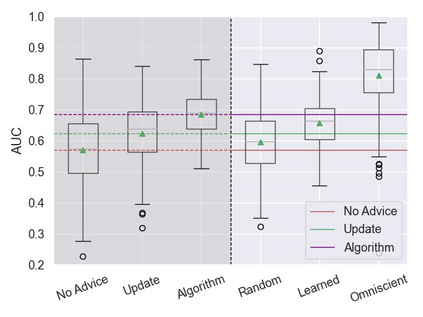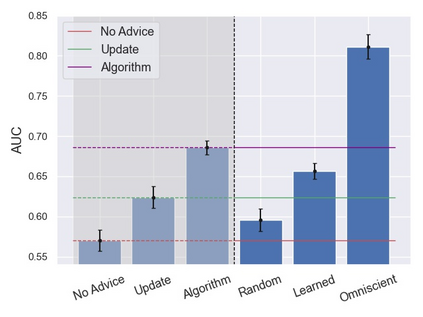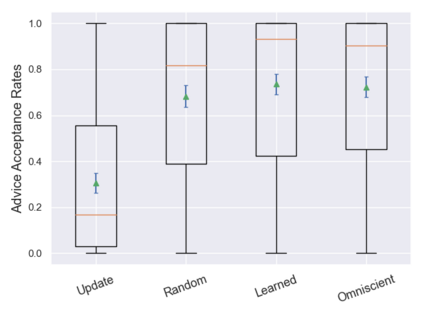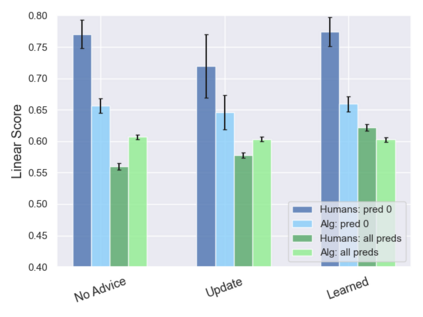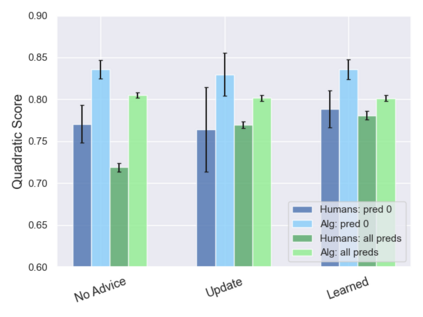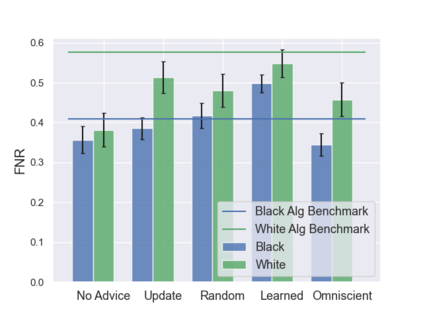Artificial intelligence (AI) systems are increasingly used for providing advice to facilitate human decision making. While a large body of work has explored how AI systems can be optimized to produce accurate and fair advice and how algorithmic advice should be presented to human decision makers, in this work we ask a different basic question: When should algorithms provide advice? Motivated by limitations of the current practice of constantly providing algorithmic advice, we propose the design of AI systems that interact with the human user in a two-sided manner and provide advice only when it is likely to be beneficial to the human in making their decision. Our AI systems learn advising policies using past human decisions. Then, for new cases, the learned policies utilize input from the human to identify cases where algorithmic advice would be useful, as well as those where the human is better off deciding alone. We conduct a large-scale experiment to evaluate our approach by using data from the US criminal justice system on pretrial-release decisions. In our experiment, participants were asked to assess the risk of defendants to violate their release terms if released and were advised by different advising approaches. The results show that our interactive-advising approach manages to provide advice at times of need and to significantly improve human decision making compared to fixed, non-interactive advising approaches. Our approach has additional advantages in facilitating human learning, preserving complementary strengths of human decision makers, and leading to more positive responsiveness to the advice.
翻译:人工智能(AI)系统越来越多地用于提供咨询,以便利人类决策; 虽然大量的工作探索了如何优化人工智能系统,以提供准确和公平的咨询意见,以及如何向人类决策者提供算法咨询意见,但在这项工作中,我们提出一个不同的基本问题:算法应何时提供咨询?由于目前不断提供算法咨询意见的做法的局限性,我们提议设计人工智能系统,该系统以两面方式与人类用户互动,只有在可能有利于人类作出决定时,才提供咨询; 我们的人工智能系统学会利用过去人类决策为政策提供咨询; 然后,对于新案件,所学的政策利用人的投入,确定算法咨询意见有用的案例,以及人类更能单独作出决定的案例。 我们进行大规模实验,通过使用美国刑事司法系统的数据来评估我们的做法,在审前释放决定方面,我们要求参与者评估被告在被释放后违反释放条件的风险,并用不同的咨询方法提供咨询。 研究结果表明,我们的互动咨询方法利用人类互动咨询方法,确定哪些案例有用,以及哪些案例比较人类独立决定更好作出决定。 我们通过利用美国刑事司法系统的数据来评估我们的方法,评估在审前释放决定上如何应对被告违反其释放条件的风险,并用不同的咨询方法。


